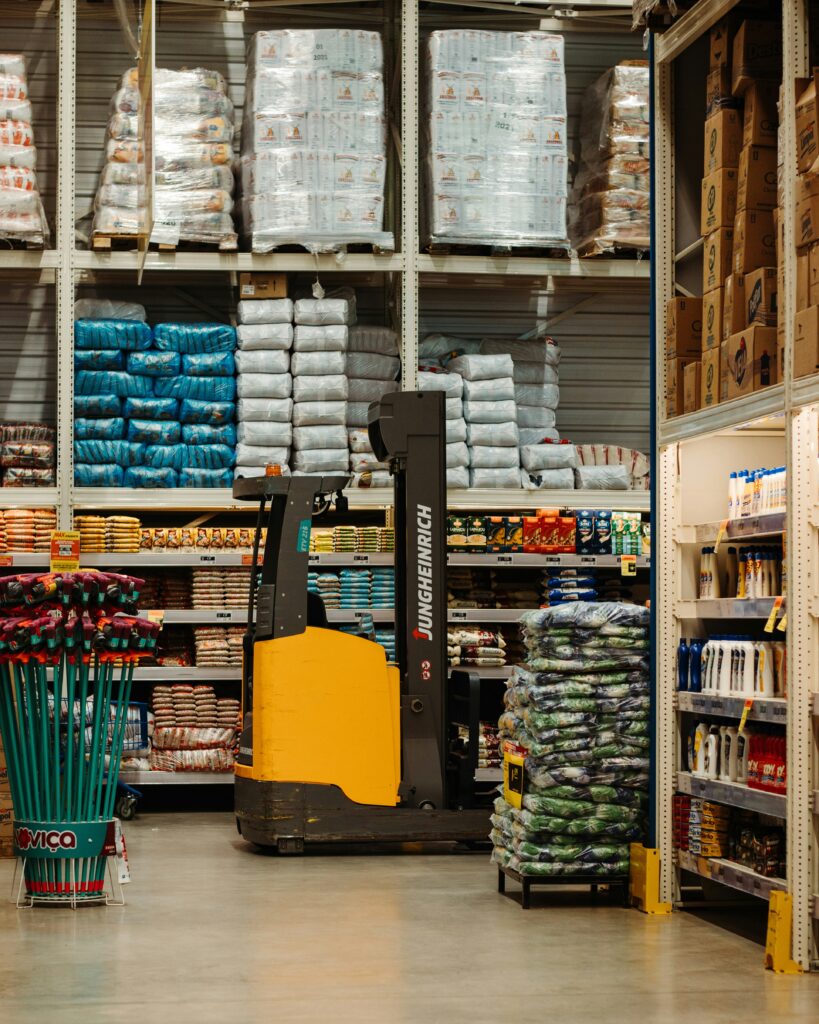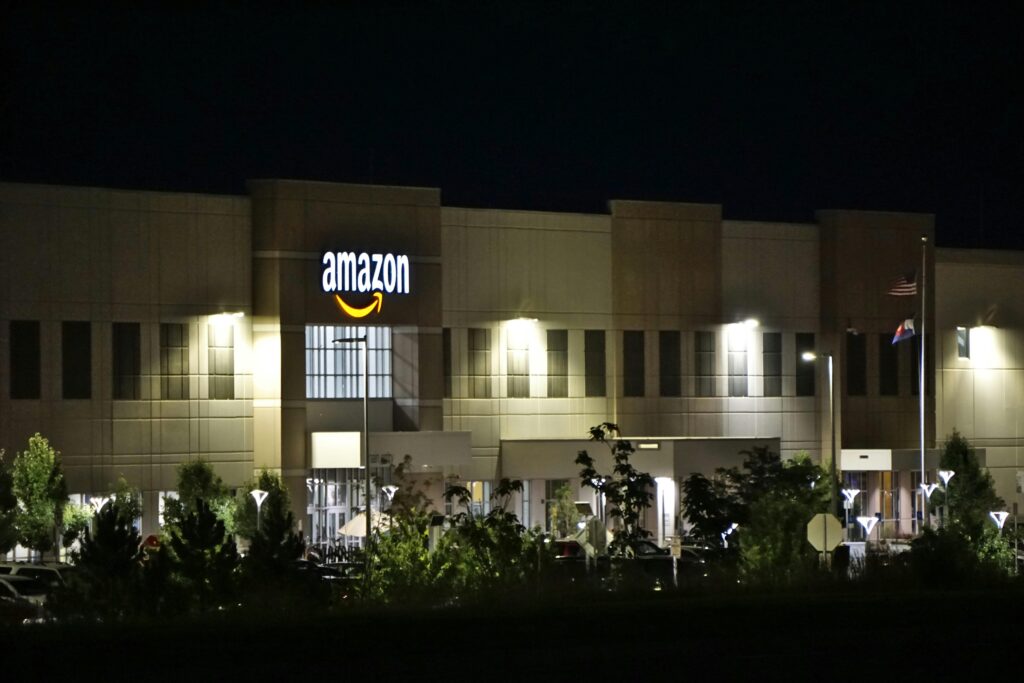You’ll definitely be needing a warehouse to house your inventory. It’s a crucial stop on the supply chain train.
Whether you’re selling on Amazon, to other businesses or direct to consumers, you need a place to park your goods before they make their way to the next stop.
Every business is different and has specific requirements. This article will tell you exactly what you need to know, and which questions you should be asking, to find the perfect warehousing solution for your supply chain.
How do I go about finding a warehouse?
You can find them on Google, in business directories, or via recommendations.
There are no warehousing networks in the USA.
How do I choose the right warehouse for my business?
There are a variety of factors to take into account to choose the right storage facility for your business.
Here are all the factors you need to consider. It’s a lengthy list, and we recommend you consider each point in turn.
Location
You should aim to optimize the location of your warehouse for all the transport links you’ll be using. Ask yourself: Where is my cargo coming from? Where are my suppliers? And where are my customers?
You want proximity and accessibility to all relevant transport routes and markets, as well as your customers and suppliers/port. Being closer to customers means faster and cheaper delivery for them, while being close to suppliers means saving on trucking costs and time.
Warehouse Size
They come in all sizes. Higher volume of inventory, and dealing with larger items, will of course require a much larger warehouse.
Also, take your business’s growth into account. You may be starting out with a smaller operation, aiming to increase it. When choosing your warehouse space, think about if it can handle your growth, and choose accordingly. It would be an extra difficulty to change warehouses in a couple of years.
Accessibility
The more accessible the warehouse, the more efficient.
A large receiving area for trucks is important, to prevent delays with the unloading process. Check if they have efficient systems in place for inventory staging and processing – otherwise cargo can get lost.
Smaller warehouses may not have loading docks. In that case, you’ll be paying extra for a liftgate with every truck you send there.
Cost and Cost Structure
There are different pricing structures that warehouses employ. Some charge on a per square foot cost, some charge by the pallet.
They may also have different price points for daily or weekly storage versus monthly or annual storage costs.
Ask if they charge additional handling fees, late fees, higher seasonal pricing at busier times, and if they are open to negotiating an individual pricing package to suit your needs exactly.
If you will be using the warehouse’s order fulfillment services, then that is a cost to carefully weigh up together with the other warehouse costs – see the next point.
E-Commerce Fulfillment
There are warehouses offering Amazon FBM fulfillment, Shopify order fulfillment and all manner of 3PL fulfillment services.
You need to check first if they integrate with all the platforms and shopping carts that you currently use, and plan on using in the future.
You also need to ask the cost per piece for order fulfillment, and the delivery charges.
Check what can be expected in terms of shipping times to customers, and customer returns.
You will need to weigh up the fulfillment charges with the storage fees to choose the most cost-effective warehouse for you.
Example: A warehouse could charge $25 per pallet storage, and $1 per piece for fulfillment. Another warehouse could have $40 per pallet charge, but $0.35 for fulfillment, and may have better shipping discounts too.
Technology
A warehouse using up-to-date inventory technology means their operations will be much more efficient and accurate, so you can properly stay on top of your stock levels and supply chain. From receiving to inventory management, you want to know how your chosen warehouse keeps on top of it.
Security
Does the warehouse have working CCTV with full coverage, motion sensors, a fenced in perimeter, keycard entry and bright lighting inside and out? Check if they are proactive about security, and able to answer all your questions fully when you ask them.
Some warehouses also employ full time guards.
Tips for Amazon Sellers
As an Amazon seller, you have more warehousing decisions to make than other businesses. You will have to decide whether to ship your merchandise straight into Amazon for FBA, into a warehouse for FBM, or a combination of the two.
You will have to compare the warehouse fulfillment, handling and storage costs versus Amazon’s receiver and fulfillment charges.
If you sell a few different products, you will need to choose the right fulfillment option for each one. As a general rule, lighter, smaller and faster selling-out products do better with FBA, while slow sellers and bulky items are cheaper to fulfill with FBM.
We have a whole category of the blog devoted to tried and tested logistics advice for Amazon sellers – head on over there now.
Know What You’re Looking For
If you ask the right questions, and get the right answers, you can be confident in knowing that you are choosing the best warehouse for your business. That means you can consider that part of your supply chain sorted – freeing you up to focus on the other important aspects.
What else can we help you with?
As a new importer embarking on an exciting new venture, there are so many things you need to know. For years, we’ve been holding the hands of businesses like yours through this process, and have watched many businesses grow and flourish.
Contact us for a trucking quote today!


